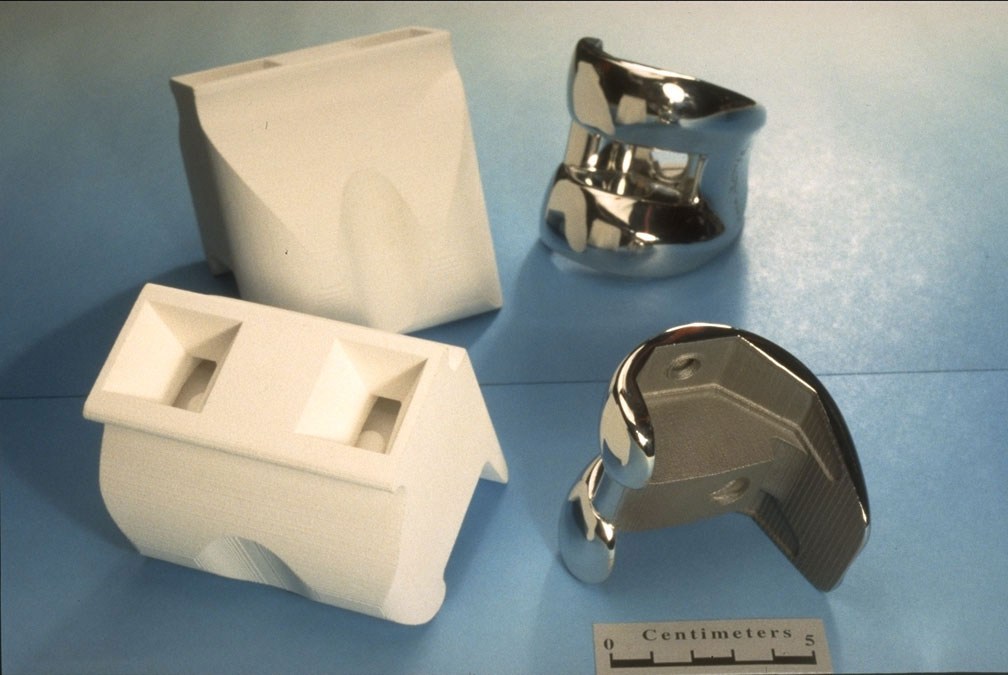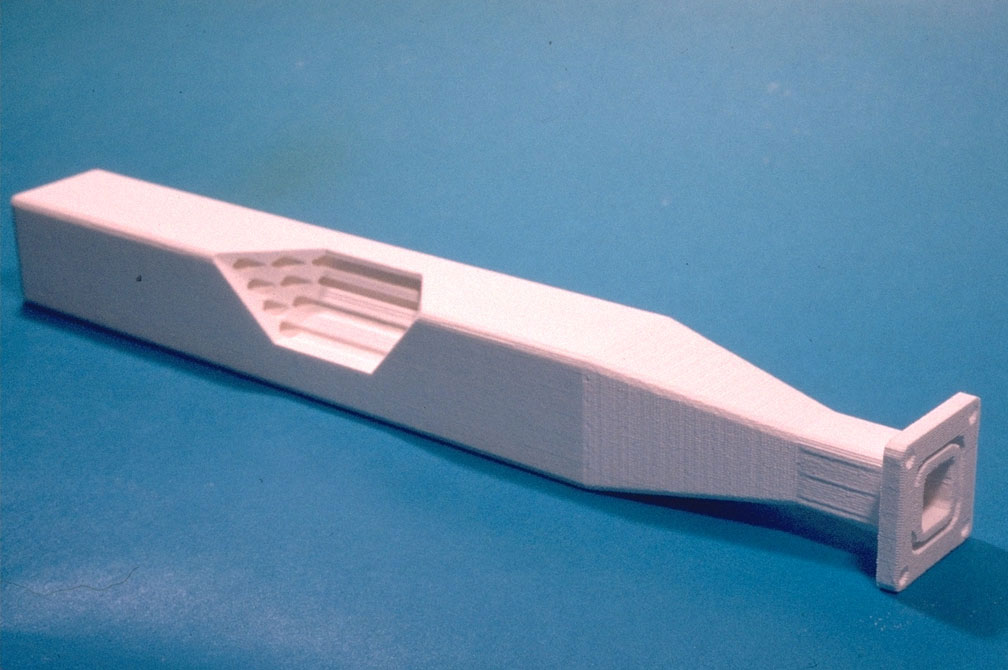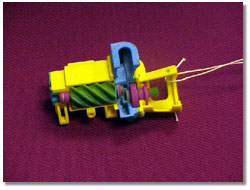 |
|
|
 |
||
|
||||
|
Photo 1
Photo 2
Photo 3
This object was printed directly from
a mathematical model and would be extremely difficult
to manufacture by conventional techniques. It is intended
as an illustration of the geometric capability of
3D Printing. This model was made by Z Corp., maker
of what are said to be the world's fastest 3D printers. Photo 4
This photo shows a ceramic filter made
by 3D Printing. The cut away shows the internal passages
created as part of the printing process. 3D Printed
filters are being applied to the clean-up of power
plant emissions. Photo 5 This 3DPTM model of the
dome at MIT's Great Hall demonstrates the intricacy
and detail possible with the process. Photo 6
By using different printer jets to
produce different parts, the 3DPTM technology
is capable of creating color-coded objects, such as
this model of a compressor. Return to News Tip May 6, 2002
|
||||
|
|
|




